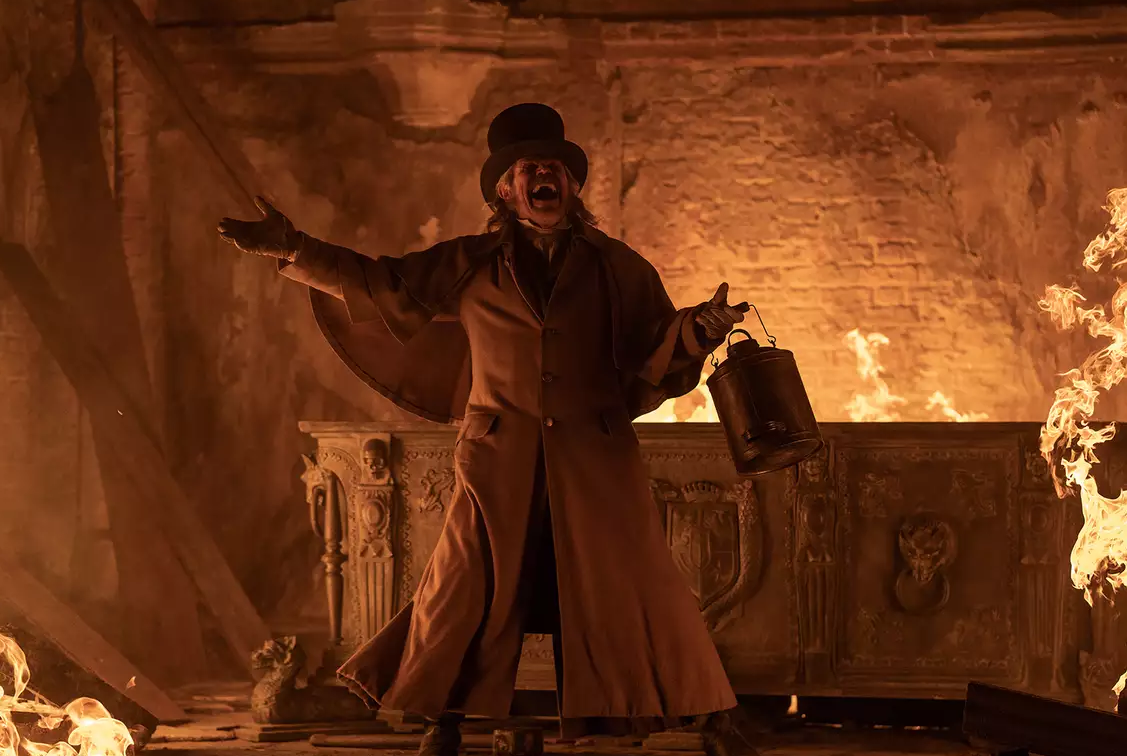Nosferatu 2024 misses its own jugular vein

They say there are some monsters you just can’t keep in the crypt, and if any fiend falls into that category, it’s old Nosferatu himself. This latest version—directed (and penned) by Robert Eggers, who previously gave us that eerie slow-burn The Witch—arrived trailing a not-inconsiderable amount of gothic expectation. After all, if you’re going to resurrect the cinematic world’s most iconic vampire, you’d best provide a jolt of fresh blood.
On at least one front, Eggers and his creative entourage deliver spectacularly: the art direction and overall visual design are certainly striking and moody, with lamplight trembling on peeling wallpaper, giving entire scenes the grimy authenticity of a Victorian-era daguerreotype. So if you’re a sucker (pardon the pun) for period detail and sumptuously bleak backdrops, this is easily as powerful a use of the medium as you’ll see—every frame a haunted painting, meticulously lit.

Unfortunately, once the production design has finished dazzling you, you’re left at the mercy of some truly awkward dialogue. I found it rather too stylised, each line presumably intended to sound poetically archaic, yet ending up as drab melodrama. It’s not that stylised dialogue is an inherent sin—at times it can be an engaging throwback to Nosferatu’s silent-era roots. But here, the clipped lines and abrupt exclamations felt jarring enough to yank me out of the story. Instead of adding rich, textural nuance, it hindered the flow, leaving me longing for a line or two that might sound like real characters talking about really extraordinary things.
The cast, meanwhile, offers a mixed platter of performances. Some remain puzzlingly stiff, like extras still waiting for a cue in the wings. At its best, though, the film sizzles with the pent-up energy of Bill Skarsgård, who manages to infuse the titular vampire with a wonderful twitchiness that reminds you this creature is genuinely ancient and unnatural. Lily-Rose Depp, for her part, leans into the gloom with an impressively intense presence; she feels fully alive despite playing opposite an undead menace. Both actors seem to understand the film’s stylish nightmare logic and dig into it. In contrast, Willem Dafoe—usually the anchor of any cast—somehow comes off as oddly misplaced, as though even he can’t quite figure out how to slip into this baroque, sepia-toned world. It’s disconcerting to see such a chameleonic performer looking like a guest who’s arrived at the wrong wake.
All these bruising tonal gaps aren’t helped by a storyline that's been hastily pruned to its barest branches. As a result, the film leaps from one atmospheric set piece to the next without giving us the emotional mortar needed to keep the structure intact. When we do get a moment of potential depth—romantic tension, existential dread, or a threat to civilisation—it’s whisked away before it can properly set. A bit more nuance and consistency might have wrought a richer tapestry out of the film’s undeniably gorgeous materials.
And that’s the real tragedy: Nosferatu 2024 isn’t a bad film—only a disappointment, because one can so clearly see the sparkle of a masterpiece beneath the narrative clutter. A few truly inspired performances, lavish visuals, and an undeniably magnetic premise suggest it could have been exceptional. Instead, the lack of cohesion in the script and the mismatch in performances sap the film of some essential spark.
See it if you want to be transported by sumptuous, shadow-drenched visuals or intrigued by Skarsgård’s compelling take on history’s most iconic Nosferatu. But if you come expecting a fully satisfying new chapter in vampire lore, be prepared for an experience that never quite sinks its teeth in deep enough. In the end, Nosferatu 2024 stumbles over its own coffin lid, muffling what should have been a grand, macabre chorus into a faint and slightly awkward echo.
